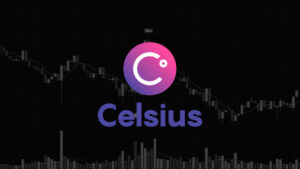TL;DR
- Onchain Subscriptions: Stripe enables recurring payments with stablecoins (USDC) on the Base and Polygon networks for subscribers and businesses.
- Friction Eliminated: An innovative smart contract allows authorizing recurring payments once, without the need to sign each transaction.
- Improved Global Efficiency: Businesses, especially in AI, are already reducing cross-border costs and speeding up settlements with this new functionality.
Stripe facilitates digital payments. The payments infrastructure giant announced the integration of support for recurring subscription payments using stablecoins, starting with USDC on the Base and Polygon networks.
This expansion is crucial for businesses with recurring revenue models, which make up nearly 30% of Stripe’s user base, and marks a before and after in the adoption of cryptocurrencies for everyday transactions.
The main innovation centers on the ability for businesses to accept subscription payments directly in stablecoins. At the same time, customers will be able to use more than 400 compatible wallets.
What is most noteworthy is that, despite the crypto nature of the payments, merchants will receive automatic settlements in fiat currency, thanks to Stripe’s robust integrated billing system. This functionality unifies the experience, allowing for seamless management from the well-known Stripe Dashboard.

Goodbye to Onchain Friction and Hello to Global Efficiency
Stripe has addressed one of the biggest challenges of blockchain payments: the need to manually sign each recurring transaction. To do this, they developed a custom smart contract that allows customers to save their wallet as a payment method and authorize recurring subscriptions with a single initial signature.
This solution eliminates “onchain” friction, making the user experience as simple as with a traditional credit card. In addition to simplifying the experience, stablecoin payments on Stripe offer a notable boost to global efficiency.
Artificial intelligence companies, for example, which derive nearly 60% of their revenue from outside the U.S. (where cross-border payments are slow and costly), are already seeing benefits.
Companies like Shadeform have managed to cut their transaction costs in half and dramatically improve settlement speed by migrating up to 20% of their volume to stablecoins. This move by Stripe not only solidifies the position of stablecoins as a viable payment tool but also positions them as a fundamental pillar for the future of e-commerce and Web3 business models on a global scale.










